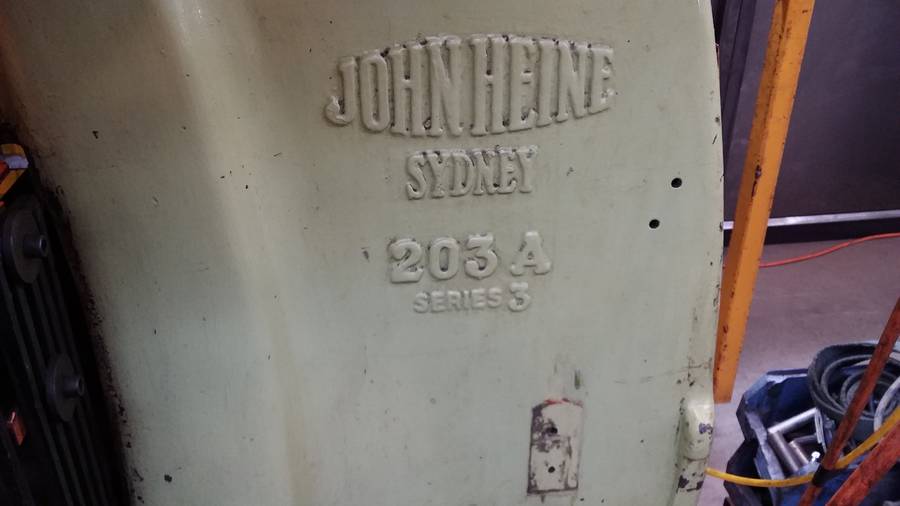A recent judgement handed down has highlighted the importance of identifying critical controls and that these controls flow through the work process and training.
On 12 April 2019, a worker at Ampelite Australia was operating a John Heine 203A Series 3 mechanical power press (“the Press”). The chair he was sitting on slipped and his foot activated the Press which was unguarded. The Press crushed his right hand and fingers. This resulted in the worker having part of two of his right fingers (index and middle) amputated on his dominant hand and a significant crush injury on the fourth finger.
The Judge (Judge Russell) found Ampelite’s level of culpability for the s.19 breach was in the upper half of the mid-range resulting in a $180,000 fine, noting a 25% discount is applied to this amount for a guilty plea, bringing the fine to $147,000.
Background
- An inexperienced machine operator was pressing steel sheets in the press, his chair slipped causing his foot to activate the press, resulting in his crushed right hand and fingers.
- Although there was a front safety guard available for the press which was designed to be removed when changing dies, it was not fitted to the machine on the day of the incident. It was also advised that it had been missing on several previous occasions that the operator used it.
- The mechanical press was acquired from another business and Ampelite Australia hired a worker from the business and relied on that individual to maintain and train workers on operating the machine without ensuring it was adequately and safely guarded.
- There was no risk assessment, no guarding on the press, no shroud on the foot pedal and no safe work procedure/method statement, no lock-out/tag-out procedure and inadequate instruction, training and supervision
- The organisation had failed to notify Safework NSW of the incident
Legislation cited
- Work Health and Safety Act 2011 (NSW), ss 3, 19, 32, s 38
- Work Health and Safety Regulation 2017 (NSW), cll 34, 35, 36, 37, 38, 203, 208
Learn more
SafeWork NSW v Ampelite Australia Pty Ltd [2022] NSWDC 22
The importance of identifying hazards, risks and critical controls cannot be underestimated. When critical controls are understood and successfully implemented then this information flows through the instruction, training and supervision of workers from equipment induction and training through to audit and assurance where you can specifically focus on critical control verification “in practice” and provide confidence that risks are known, critical controls are known and are being proactively managed.
Learn more about Critical Risk Management here

